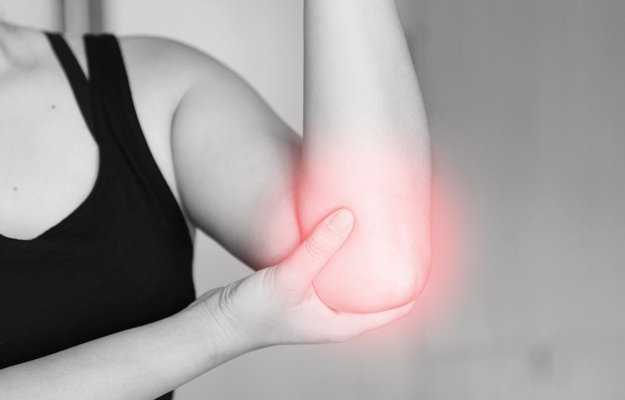What is a fractured elbow?
A fractured elbow refers to a break in the joint that connects the upper arm to the forearm. The elbow joint is made of three bones, namely, the humerus, the radius and the ulna. Usually, this fracture occurs when there is a direct blow to the elbow or an injury to the upper arm.
What are its main signs and symptoms?
The most common symptoms are:
- Sudden intense pain at the joint
- Movement of elbow joint becomes very difficult
- Stiffness of the elbow
Other signs and symptoms include:
- Swelling over the elbow at the fracture site
- Bruising around the elbow, which may extend upwards towards the shoulder or downwards towards the wrist
- Tenderness
- Sensation of numbness in one or more fingers, wrist or arm
- Pain on movement of the elbow or hand
- One may feel the elbow to be out of place or dislocated
What are the main causes?
Common causes of elbow fractures include:
- Trauma: Falling directly on an outstretched arm, accidents or sports injuries
- They are usually caused by a direct blow to the elbow joint or a twisting injury to the arm
Other causes include:
Fractures are also associated with certain conditions like osteoporosis or cancer, wherein even minor trauma can cause sufficient damage leading to a fracture.
How is it diagnosed and treated?
Physical examination is a must for diagnosing an elbow fracture.
A medical history taken during consultation also aids in assessing the fracture.
Imaging tests include:
- X-ray
- CT scans
Treatment of most bone fractures involves aligning the fragments and allowing healing of the bony fragments. A sling, cast or splint is used to restrict movement of the bone and also prevent the discomfort and pain associated with movements. This is greatly beneficial for healing of the bone.
Analgesics help to ease the pain.
Rehabilitation involves physical therapy to minimise stiffness, massage and cold compresses.
Surgery may be required in cases where the bony fragments are severely out of place.

 OTC Medicines for Fractured Elbow
OTC Medicines for Fractured Elbow















